Love History? This Gem in Dharamshala Is a Travel Treat You Shouldn’t Miss!
Heard of the the unique Losel Doll Museum and its beautiful hand-crafted puppet dioramas?
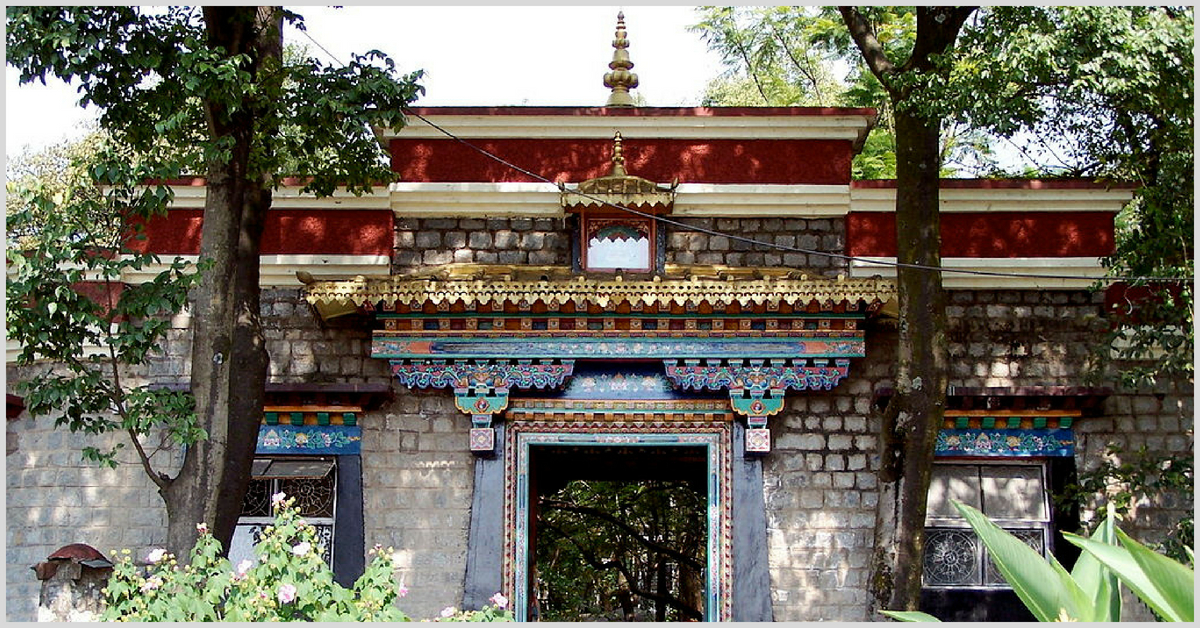
It is quite soothing to watch an artist draw a thangka painting. And if the picture on the canvas is a mandala art, then your day is made.
At the Norbulingka Institute in Dharamshala, artists paint in meditative silence using natural colours. It is one of the activities here apart from wood carving, wood painting, tailoring, and weaving.
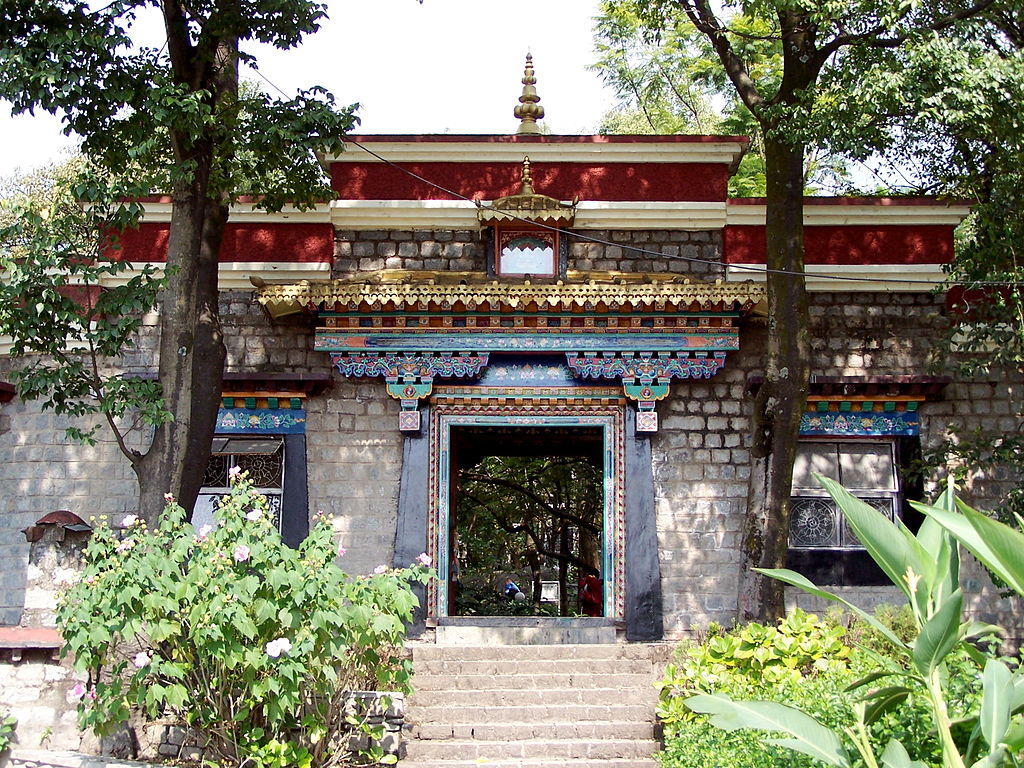
I take permission from one of the artists at work, Tenzing, before I sit on a mat beside him to know more about the art form.
“Sometimes it takes one month or even two months to finish a thangka painting. Colours are manufactured using locally available natural pigments,” says Tenzing. He has studied thangka painting, like others in the hall, who are at work on their stretched canvases.
A riot of colours come alive in paintings on wooden treasure boxes that are handcrafted by artisans at the institute.
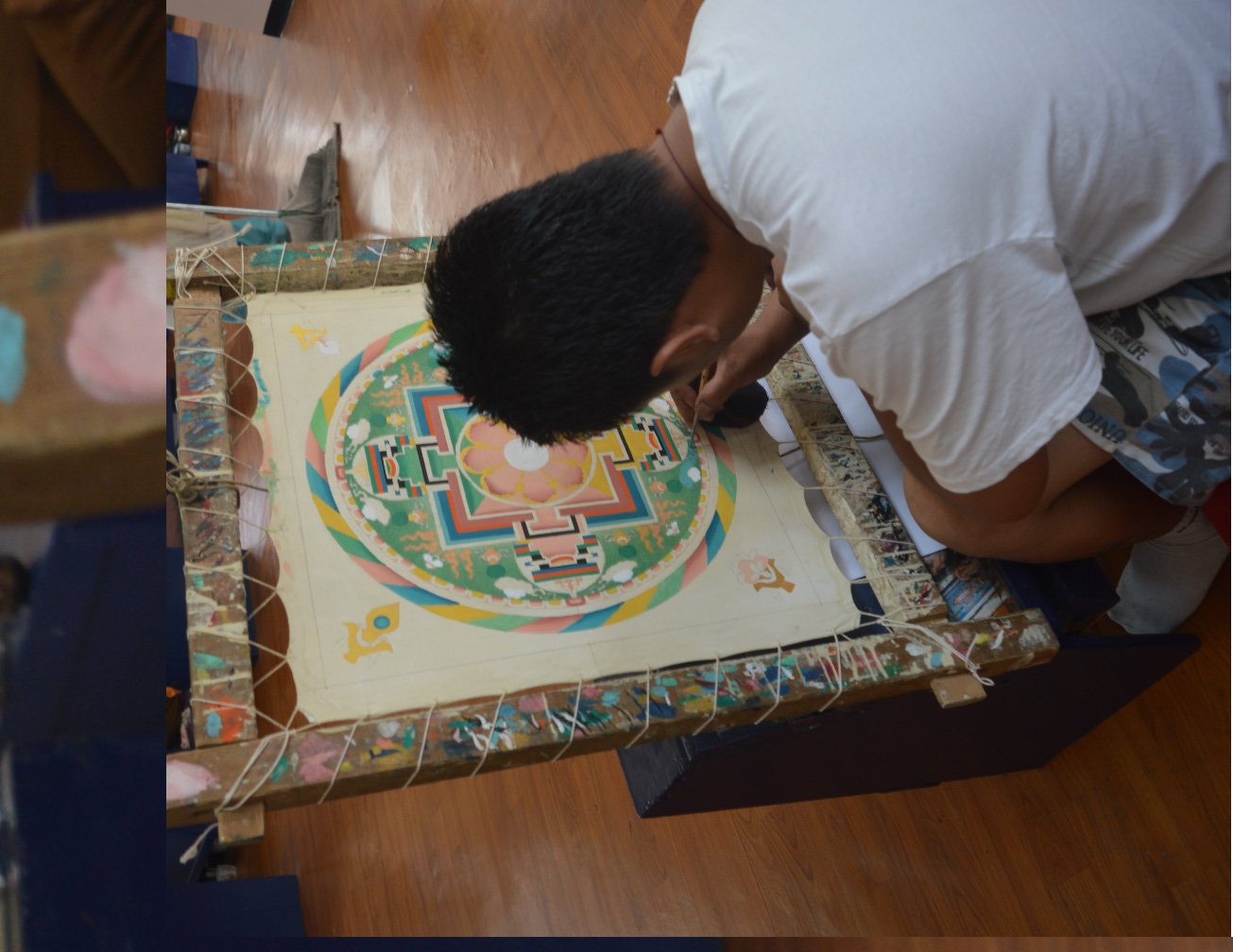
Norbulingka Institute was established in 1988 with a mission to preserve Tibetan art and culture and to provide livelihood options–employment and training to Tibetans in exile. The products are sold at the handicrafts store in Norbulingka. Pouches, bags, home furnishing collection, painted thangkas and more can be purchased here.
Also Read: Remembering An Epic Journey: How Dalai Lama Escaped Tibet in 1959
The campus houses various sections spread over a finely-laid garden that blends the earth and the water poetically. There is the use of river stones and slates for pavements and bridges. Bamboo groves add that zen element, transporting you to the Far East.
The path that leads to the Buddha Temple, Losel Doll Museum and craft workshops has ponds on either side that are fed by streams. Upstream, the gurgling waters turn a prayer wheel before plunging down to the ponds. Prayer flags flutter, carrying the prayers with the flowing wind.
Each portion of the institute is designed to perfection, blending the garden with the buildings.

The Buddha Temple on the campus is one of the most serene temples in Dharamshala. A black stone floor, natural light seeping in through the glass windows and the aroma of Potala incense made with herbs, makes one ponder about life, amid chants and sounds from the gongs and cymbals. Thangka paintings on the frescoes in vibrant colours remind one of Vajrayana mandalas found in the monasteries of Leh.
If you haven’t been to Lhasa and want an insight into life in Tibet, drop by at the Losel Doll Museum at Norbulingka. Exhibits include navigation in Tibet, a family rowing a boat with their sheep; Lhamo-opera, presenting an ancient Indian Buddhist tale; market scenes in Lhasa with shopkeepers selling turquoise, pears, and carpets; and Cham dance.
Exhibits depict Amdo, the land of snows, as it is known for its grasslands and horses; the attire of the Kongpo people that is different from the ensemble worn in rest of Tibet; and the lives of the nomads of the northern plains. Miniature tents depict yak hair, the dwellings of nomads who lived off the produce from yak, dzo (a cross between the cow and the yak), and sheep and bartered milk, butter, meat and wool for ‘tsampa’ –roasted flour, and other commodities.
An exhibit ‘picnic and leisure’ is a scene from Lhasa in the 1940s. One can find people playing traditional board games and drinking ‘chang’ or tea. Dolls dressed in silk and woolen robes, holding prayer wheels and rosaries, including paintings of snow-clad mountains behind the exhibits, brings life to the display.
Also popular among visitors are thangka paintings, Tibetan wood carvings and wood painting classes. Norbulingka Institute offers day-long workshops and long-term classes in these art forms.
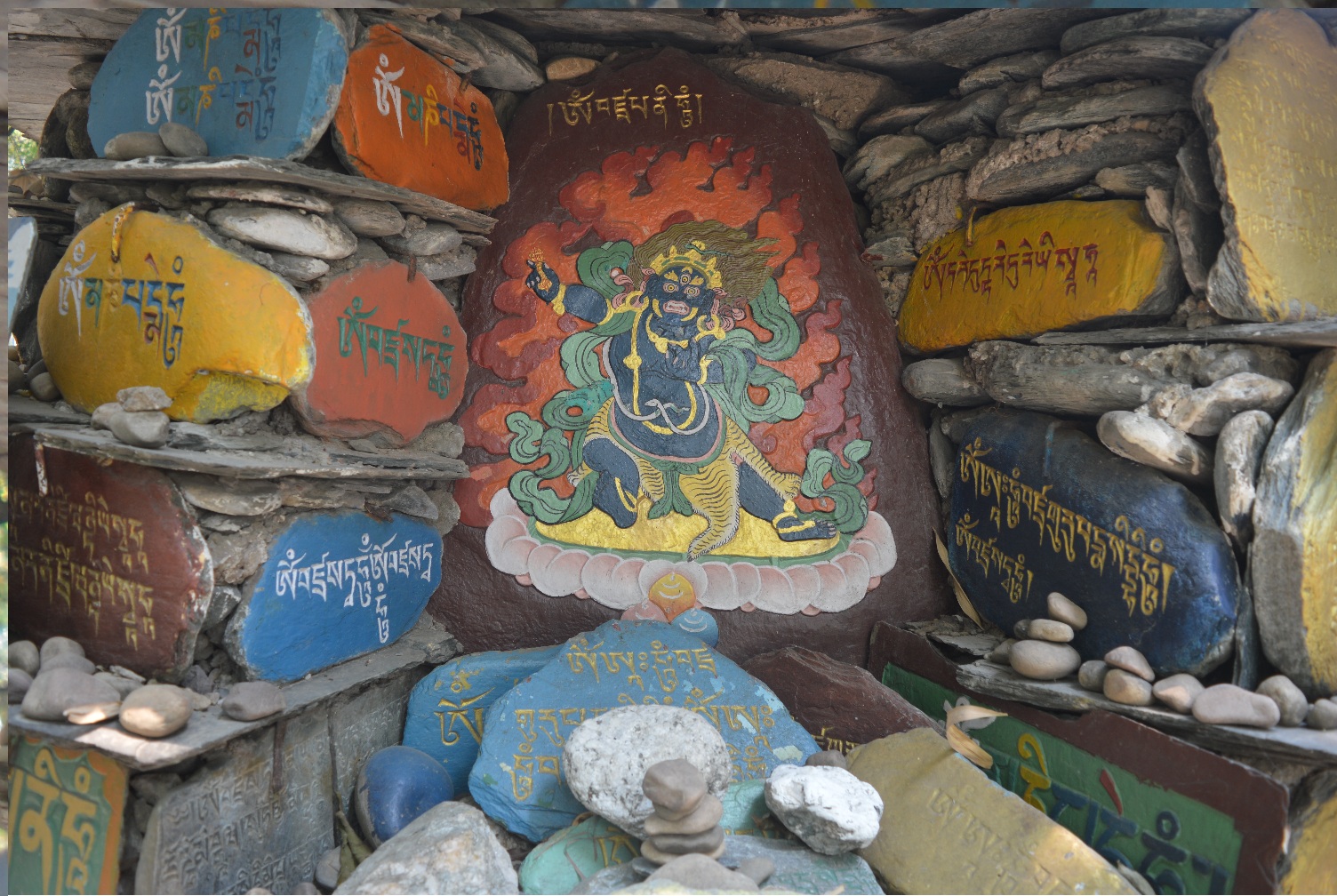
Intricate as they are, the thangka paintings are drawn with precise measurements. Thangka is religious art. It takes a six-week course to complete a thangka painting. Classes are customised for individuals and groups.
Wood painting is one of the popular workshops. Wood carving students start by mastering designs of ‘Tashi Tagye’ or ‘eight auspicious signs’ that are found in Buddhist art. These include the ‘endless knot’, depicting the infinite wisdom of Buddha; the lotus and a pair of golden fish.
Relief painting was revived at the institute, and the technique gives a three-dimensional effect to the drawing. Students staying for a longer duration can master the technique here. Traditional Tibetan applique course is also offered.
You May Also Like: Video: Find Out Why Tibetans Are Saying ‘Thank You, India’ In This Heartfelt Tribute!
Norling House on the campus also offers accommodation. Each room is designed after motifs like dragons, snow leopards, ibexes and so on. Apart from a restaurant, there is a cafeteria that offers apple tarts, carrot cakes and doughnuts. Dressed in ‘chuba’ or traditional coats, the staff is helpful, and recommends that you take the time to explore the institute and consider joining a short workshop.
(Written by Syeda Farida and Edited by Shruti Singhal)
Like this story? Or have something to share? Write to us: [email protected]
Connect with us on Facebook and Twitter.
NEW: Click here to get positive news on WhatsApp!

Similar Story
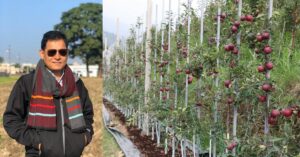
Amid Himachal’s Apple Crisis, Ex-Banker Turns Barren Land into Orchard With 20000 Trees
Ex-banker Vikram Singh Rawat turned a barren piece of land into a lush apple orchard and farmstay named Kalasan Nursery Farm, which he built over a decade. Today, it has thousands of apple trees and earns crores.
Read more >
If you found our stories insightful, informative, or even just enjoyable, we invite you to consider making a voluntary payment to support the work we do at The Better India. Your contribution helps us continue producing quality content that educates, inspires, and drives positive change.
Choose one of the payment options below for your contribution-
By paying for the stories you value, you directly contribute to sustaining our efforts focused on making a difference in the world. Together, let's ensure that impactful stories continue to be told and shared, enriching lives and communities alike.
Thank you for your support. Here are some frequently asked questions you might find helpful to know why you are contributing?


This story made me
-
97
-
121
-
89
-
167












